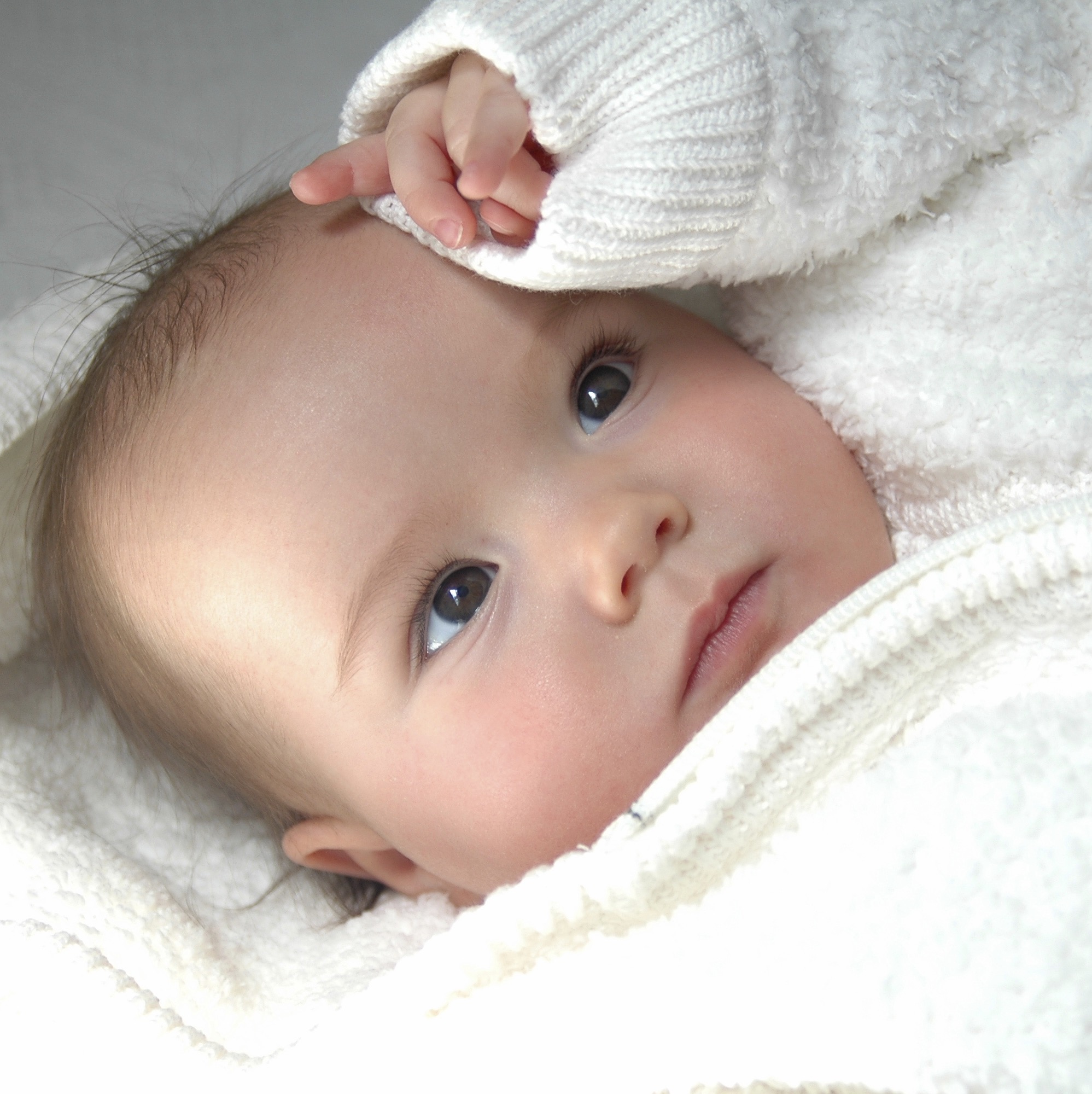by Dr Bronwyn Leigh
Babies have their own special language and it is our job to learn that language. By observing your baby you can begin to understand her language and communication. Being able to read your baby’s cues and communications allows you to respond appropriately to her needs. One way to understand baby’s communications is through recognising key behavioural states. This helps you decide when your baby is ready for sleep, feeding or interaction so you can provide most sensitively for her needs.
Dr. T. B. Brazelton, and American paediatrician with a long-standing career working with newborns, identified six states of alertness in newborns, described below. Noticing these states in your baby can help you read your baby’s behavioural cues and recognise what she might need. All babies cycle through these states repeatedly throughout the day. Each baby is unique in her rate of change between these states; some babies oscillate quickly between them while others may spend considerable time moving between the states. Her rate of change will also depend on her stage of development.
| State | What Your Baby Does |
| 1. Deep sleep | Lies quietly without moving; eyes are firmly closed; breathing is deep and regular with no motor activity; baby may have brief startles but will not rouse; in this state growth hormones are active. |
| 2. Active (light) sleep | Moves while sleeping; startles at noises; eyes are firmly closed, but there may be slow rotating movements of the eyes, as this state is REM (rapid eye movement) sleep; bodily twitches and irregular or shallow breathing may be apparent; facial movements include frowns, grimaces, smiles, twitches, mouth movements and sucking; it is thought that brain growth and differentiation may occur during active sleep. |
| 3. Drowsy state | Eyes may open and close, but look glazed in appearance; may doze; arms and legs may move smoothly; breathing is regular but faster and shallower than in sleep; babies in this state may be stimulated to a more alert, responsive state. |
| 4. Awake, alert state | Body and face are relatively quiet and inactive with bright shining eyes. Sights and sounds will produce predictable responses. In this state the baby can be very rewarding for parents. This is the state in which your baby is most amenable to play. |
| 5. Alert but fussy state | This is a transitional state to crying; available to external stimuli and may be soothed or brought to an alert state by attractive stimuli; if stimuli are too much, may break down to fussiness; movements are jerky, disorganized and these movements may produces startles in themselves. |
| 6. Crying | Cries, perhaps screams; sets off automatic responses of concern, responsibility and guilt in parents; this is the most effective mode for attracting a caregiver; different types of cries communicate hunger, pain, boredom, discomfort and tiredness. |
Adapted from ‘The Earliest Relationship’, by T. B. Brazelton & B. G. Cramer
What do you think of these categories of states? Have you noticed them in your newborn?
Caring for a newborn is hard work. If you are looking for support in parenting your infant, contact us at the Centre for Perinatal Psychology. We work with you to help you understand your infant so you can better enjoy parenthood.
About the Author
Dr Bronwyn Leigh is a clinical psychologist, perinatal and infant clinician and early parenting consultant. She is Director of the Centre for Perinatal Psychology. Bronwyn specialises in the psychological aspects of becoming a parent, the emotional development of infants, and parent-infant relationships.
Contact us Today
Find a psychologist near you that can help you with parenting an infant. You can search by Location and Book Online.
Call us on 1300 852 660 or contact us to make an appointment or enquiry.








